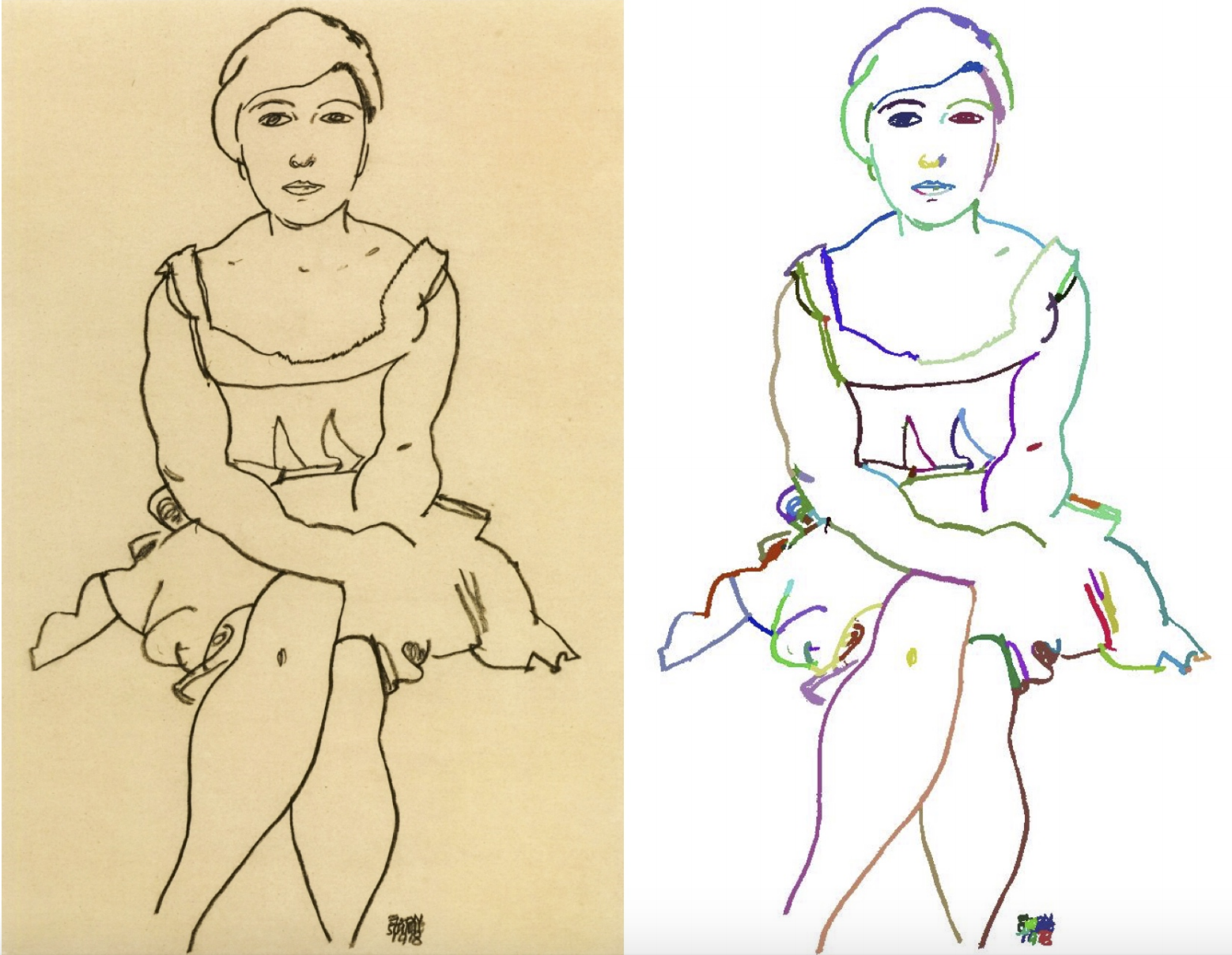
Could artificial intelligence be the end of the dubious science of connoisseurship? According to a new study, a form of AI called a recurrent neural network may now be able to identify forged paintings.
Researchers from New Jersey’s Rutgers University and the Atelier for Restoration & Research of Paintings in the Netherlands have published their findings in a paper, titled “Picasso, Matisse, or a Fake?
Automated Analysis of Drawings at the Stroke Level for Attribution and Authentication.” The AI was able to find fake artworks simply by comparing the strokes used to compose the image.
Determining the authenticity of a work of art has long been a considerable challenge. The branch of authentication known as connoisseurship endeavors to identify an artist’s stylistic trademarks. There is a slew of more technical methods as well; a canvas can be taken to a lab for a full battery of tests, such as infrared spectroscopy, gas chromatography, and radiometric dating.
The technical analysis can only provide so much information, and the human experts ultimately must trust their gut when it comes to determining whether a piece is the real deal, a worthless forgery, or simply by the hand of another artist.
In the new study, researchers provided the AI with 300 line drawings by famous artists including Pablo Picasso, Henri Matisse, and Egon Schiele.
Analyzing the works, the AI identified 80,000 individual strokes, and, through the neural network, learned what features in the strokes were specific to which artists. A machine-learning algorithm was also taught to look for these features, such as the differences in line weight, which reflect how hard the artist was pushing.
By combining the neural network and the machine-learning algorithm, the study found that AI was able to correctly identify a work’s author 80 percent of the time. Even more impressive was its ability to detect each and every forgery with which it was presented, just from looking at a single stroke.
“A human cannot do that,” paper author Ahmed Elgammal, a professor at Rutgers, told the MIT Technology Review.
The paper argues that AI can be a cost-effective alternative to expensive scientific analysis, especially when it comes to less expensive works on paper. And where a forger can sometimes come by the correct materials to mimic a historic work, it is harder to replicate the artist’s hand and fool the AI.
“In contrast to subject matter and compositional elements, the characteristics of individual strokes carry the artist’s unintentional signature, which is hard to imitate or forge, even if the forger intends to do,” reads the paper.
Because the AI is relying on the line work to make its determinations, the technique does have its limitations. The scientists hope to test the AI further using paintings in addition to drawings but will limit the trials to Impressionist works and other canvases with distinct brushstrokes—paintings with no visible lines are currently beyond the technology’s scope.